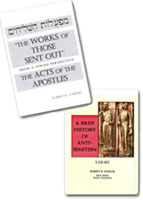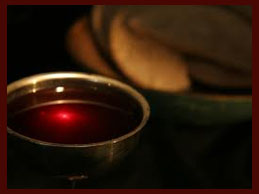Don’t Be Misled – Israel Wants Peace
In just 8 days, the Palestinians will be making a unilateral move to abandon the Peace Process and declare statehood. They will request the borders to be the 1967 lines. They would control Jerusalem, or most of it, for sure the Old City and the Temple Mount. …
Don’t Be Misled – Israel Wants Peace Read More »


